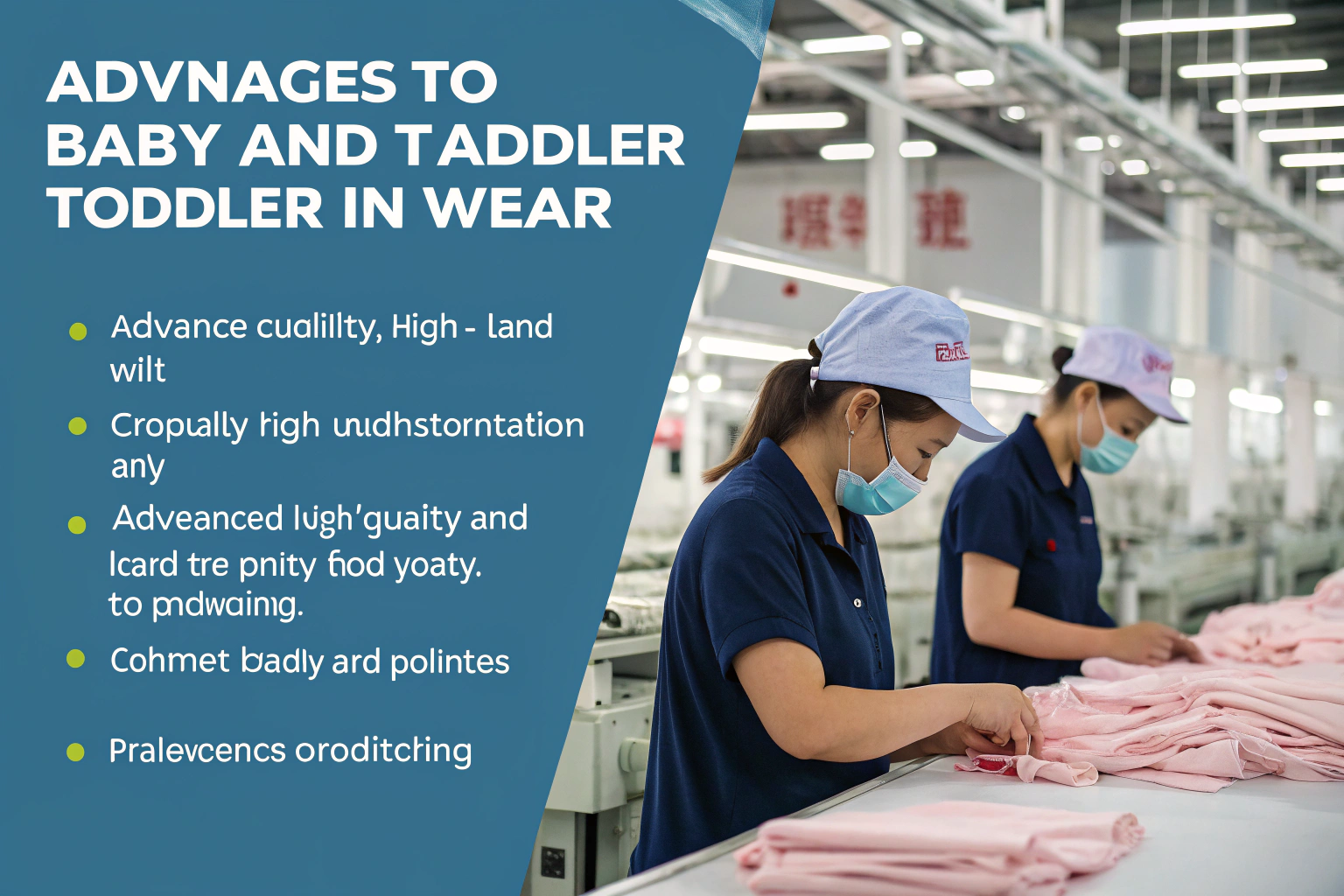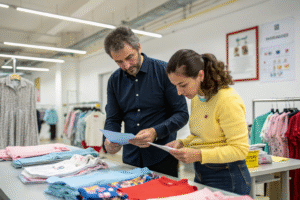For international children’s clothing brands, choosing the right country to produce toddler apparel is a decision that shapes quality, pricing, and delivery timelines. While countries like Vietnam and India have risen in visibility, China remains the dominant and most strategic choice for toddler garment production.
The reasons go beyond low cost — China offers a rare combination of infrastructure, expertise, scalability, and compliance. For baby and toddler wear, where safety and softness are non-negotiable, these advantages become even more critical.
In this article, I’ll explain why brands, from startups to global chains, continue to rely on Chinese manufacturers to produce toddler clothes at scale. If you're sourcing toddler fashion for the U.S. or European market, here's why China is still your best bet in 2025.
What Makes China’s Supply Chain Ideal for Toddler Clothing?
When it comes to producing toddler apparel, proximity matters. The shorter the distance between spinning, dyeing, stitching, and packing, the faster and more cost-effective your orders become.
China’s vertically integrated textile ecosystem is unmatched in speed, scale, and coordination.
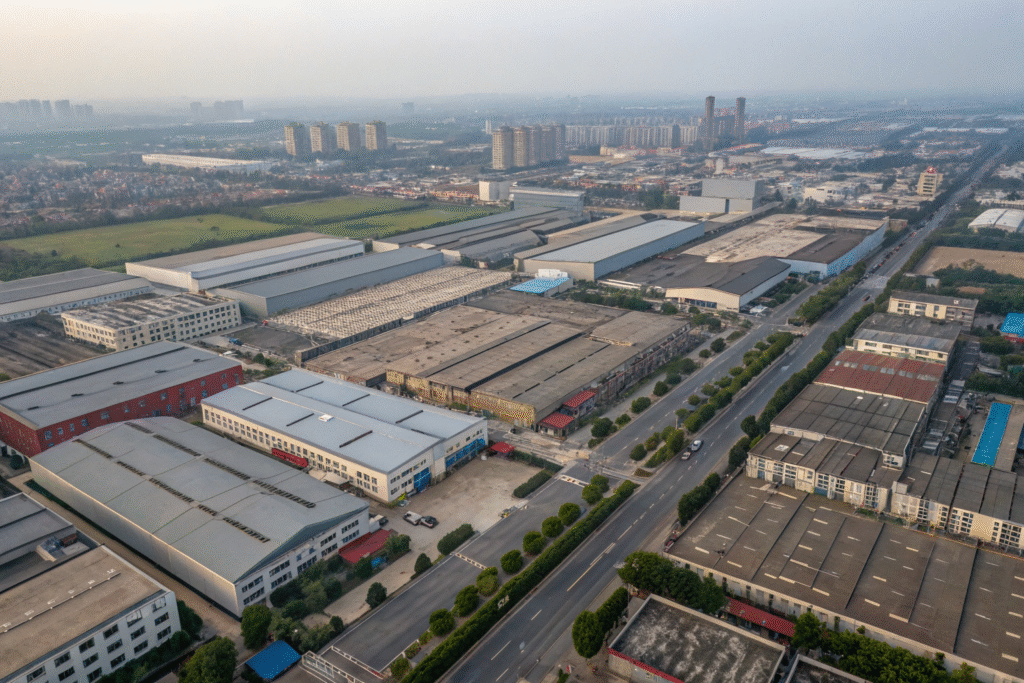
How Do Industrial Clusters Support Fast Turnaround?
Cities like Guangzhou, Foshan, and Qingdao specialize in different apparel categories, with entire regions focused on kidswear. For instance, Foshan’s Chancheng district is home to hundreds of toddler garment factories, buttons producers, and trim suppliers — all within a few kilometers.
This means fabric can be dyed, cut, stitched, and packed without inter-city transport. It reduces lead times by weeks. China Briefing outlines how China's textile clusters enable seamless sourcing, while Just-Style often reports on their productivity advantages.
Can Local Factories Scale Up During Peak Seasons?
Yes. Chinese manufacturers typically run multi-line facilities or have partnerships with backup factories. During high seasons like back-to-school or Christmas prep, orders can be split and scaled across lines, maintaining consistency and delivery schedules. This capacity flexibility is something emerging regions still struggle to match.
Is Quality Control in China Competitive for Baby Apparel?
Baby and toddler wear must meet strict international standards. U.S. buyers, for instance, require ASTM compliance, while EU brands follow EN71 and REACH.
China’s top factories have invested heavily in lab testing, skilled QA teams, and third-party audits to meet these needs.
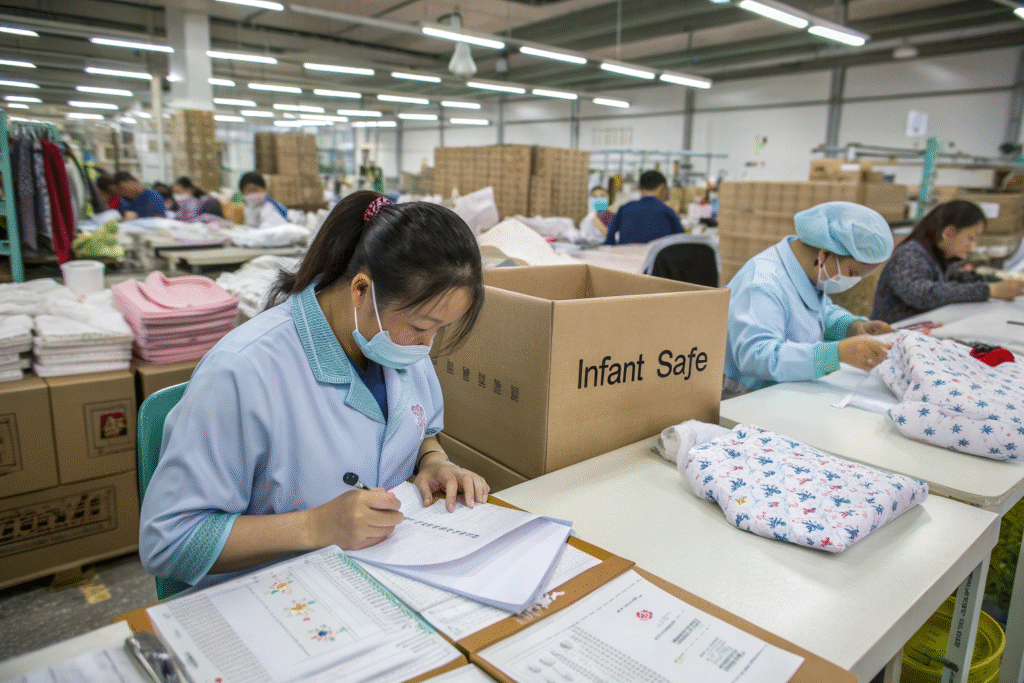
What Testing Standards Are Typically Followed?
Reputable Chinese factories work with labs like Intertek and SGS to perform lead, formaldehyde, and flammability tests. Many also adopt AQL 2.5/4.0 quality systems, which define acceptable limits for stitching, sizing, and material defects.
Factories that produce for U.S. buyers are often familiar with CPSIA and California Prop 65, offering built-in compliance to avoid delays at customs or retail.
How Do Buyers Monitor Consistency Over Time?
Smart brands request pre-shipment inspections using apps like QIMA, or assign a third-party sourcing agent to do inline audits. Good manufacturers offer weekly production updates with inline QC reports. The ability to offer live or video inspections is another sign of a mature, reliable supplier.
How Do Labor and Automation Combine in China’s Kidswear Sector?
Many assume Chinese garment production is still labor-intensive. But in reality, China leads in balancing automation with skilled hand-finishing — perfect for the complex details in toddler clothing like embroidery, ruffles, or snaps.
This blend creates a production model that is both scalable and precision-oriented.

What Types of Automation Are Common in Toddler Apparel?
Factories now use digital fabric cutters, automatic thread trimming machines, and programmable pattern makers. Even basic operations like waistband stitching or ruffle gathering are often automated. This ensures accuracy in children’s sizing, which has little room for error.
Brands that prioritize efficiency can tap into factories that have adopted ERP-integrated systems for inventory, production tracking, and delivery scheduling — boosting on-time rate.
Check case studies on Apparel Resources or automation trends from The Textile Magazine to see how far China has advanced.
Does Automation Mean Loss of Craftsmanship?
Not at all. Delicate steps — such as hand-attaching bows, finishing seams for soft touch, or applying sensory labels — are still handled manually. What automation does is free up labor to focus on quality, not repetitive motion, and reduce ergonomic fatigue in workers. This makes the final product safer and more comfortable for toddlers.
Are Chinese Manufacturers Flexible With Customization and Low MOQs?
Customization is a growing need in toddler fashion. Boutique brands need logo printing, unique trims, and seasonal colors. Unlike many bulk-focused countries, Chinese manufacturers are highly adaptable to custom requests, often at surprisingly low MOQs.
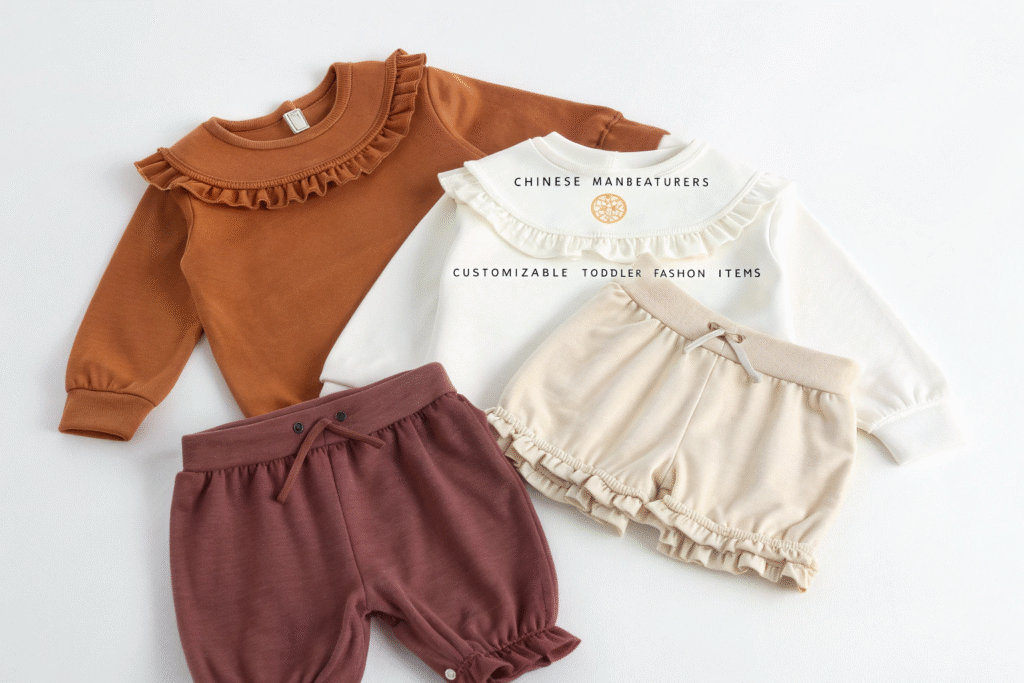
What Level of Customization Is Possible?
Almost everything — from fabric sourcing, dye shades, label design, to heat-transfer logo placement. Our facility, for example, lets brands change neckline binding, add snap variations, or introduce organic versions of a base design.
You can even co-develop new styles using your sketches or Pinterest moodboards. This flexibility is what attracts DTC babywear brands who rely on quick trend reaction.
Are Low MOQs Feasible in China?
Yes. Many mid-sized factories accept MOQs as low as 300–500 pieces per style per color for toddlerwear. Especially in export-focused hubs like Dongguan and Ningbo, production lines are set up to handle small batch orders with minimal cost pressure.
Suppliers offering DPP (Direct-to-Post Packaging) services also support startups who sell through Amazon, Walmart.com, or their own Shopify stores — eliminating extra warehousing costs.
Conclusion
Choosing China for toddler apparel production is not about chasing the lowest price — it’s about choosing a manufacturing ecosystem that offers speed, safety, quality, and scale. Whether you’re an established U.S. brand or a boutique startup, China’s infrastructure, skilled labor, and mature compliance systems make it the most reliable choice in 2025.
From vertically integrated clusters to flexible MOQs, Chinese factories are uniquely equipped to deliver what toddlerwear buyers need — premium quality at manageable costs, without compromising safety or delivery schedules.
At Fumao Clothing, we proudly serve leading U.S. brands with GOTS-certified fabrics, expert toddler garment engineering, and a commitment to communication. If you’re sourcing toddlerwear that parents can trust and retailers can stock confidently, China — and our team — is ready to deliver.

